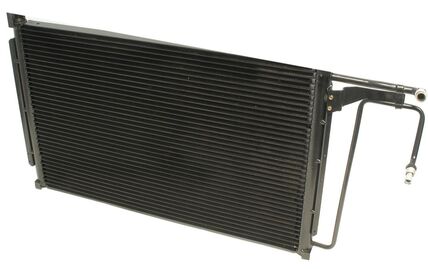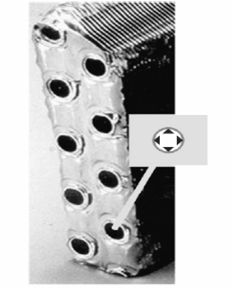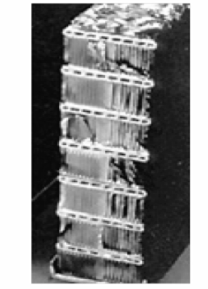1983-1991 Chevrolet Suburban, CK Pickup Series, and Blazer Replacement Condenser: 3642C
Due to model updates, the replacement condenser and original condenser design may vary for the applications listed above. The original, 1st generation design, is a piccolo style condenser. Most replacement options on the market today will feature the 2nd generation design, a parallel flow style condenser. In addition to style changes, the 2nd generation design is shorter in length compared to the original serpentine condenser design and may require mounts to be adjusted.
What Makes Parallel Flow Style Condenser More Efficient
Parallel flow style condensers feature a multi-channel construction with 400-600 small tubes that average led than 1mm in diameter. This design maximizes heat transfer because refrigerant cycling through the A/C system is dispersed across a greater surface area.
Why is it Impossible to Flush Parallel Flow Style Condensers?
Although efficient for cooling, the small tubes mentioned above are so small (less than 1mm in diameter) that they trap any contamination in the system. Even small amounts of excess debris can restrict refrigerant flow, causing high head pressure and damage to the compressor. These restrictions are impossible to clear with flush, thus requiring a replacement condenser.
|
gpd highly recommends flushing the system and replacing the condenser alongside the compressor because excess contaminant/debris left in the system from a failed compressor will cause a repeat failure.
Refer to gpd Tech Tip #1 for more information on serpentine vs. parallel flow style condensers. Temperature testing is the best method of verifying proper charge. Refer to gpd Tech Tip #169 for guidance on how to use a temperature testing tool to verify proper condenser charge. |
|
Click "Download File" for the PDF version.
| gpd_tech_tip_187-service_precaution-condenser-piccolo_to_parallel_charge-3642c.pdf |







